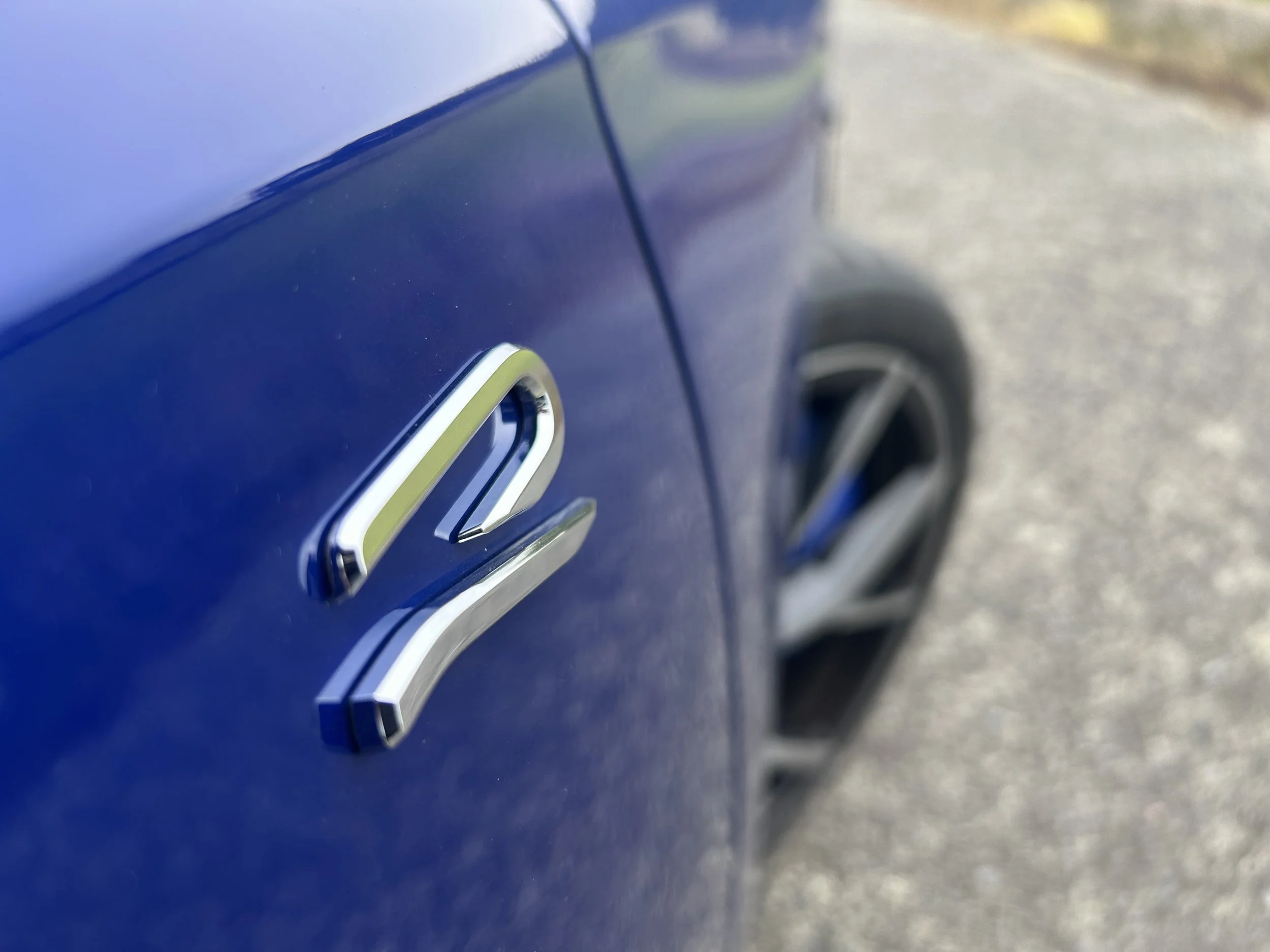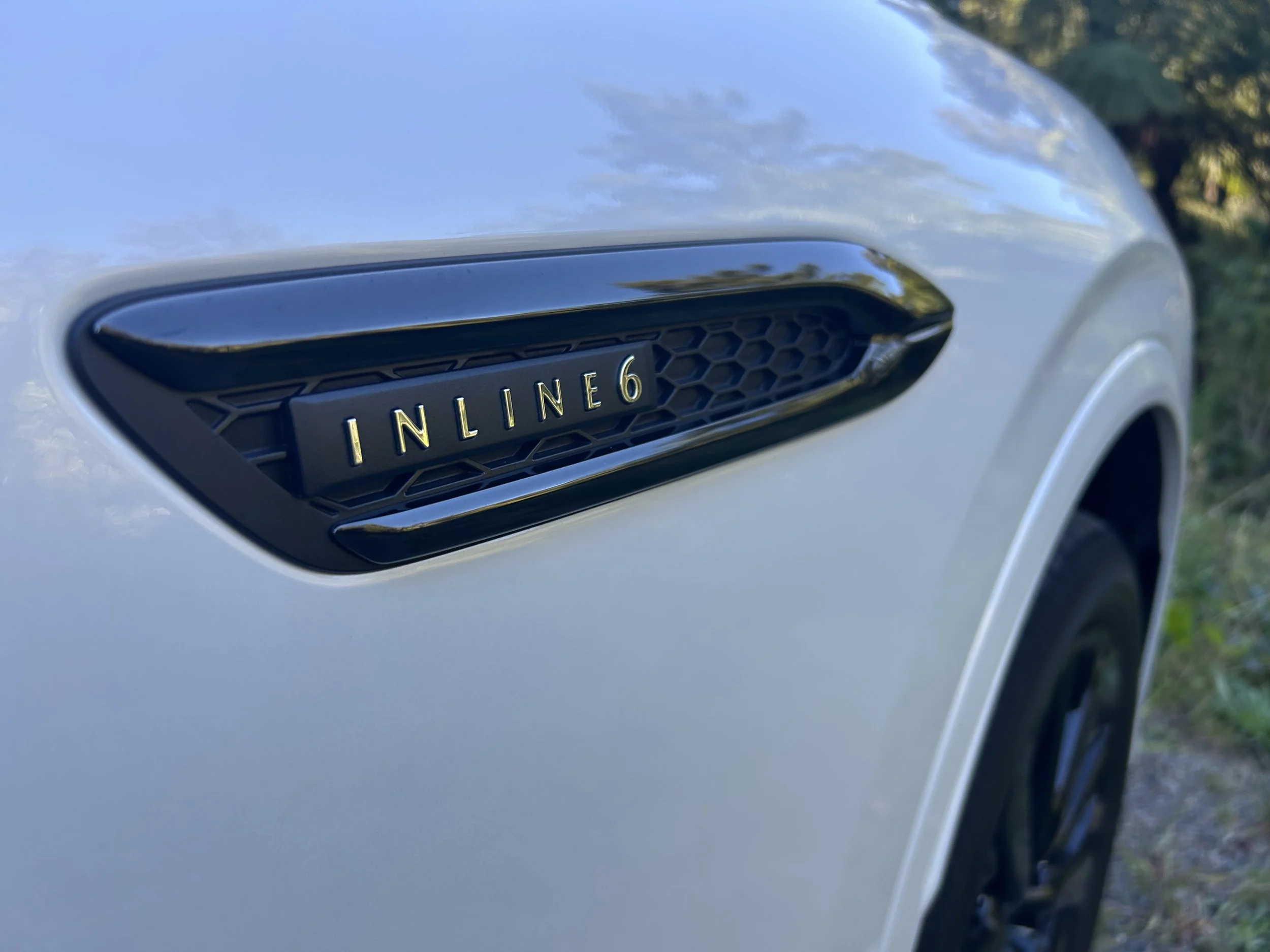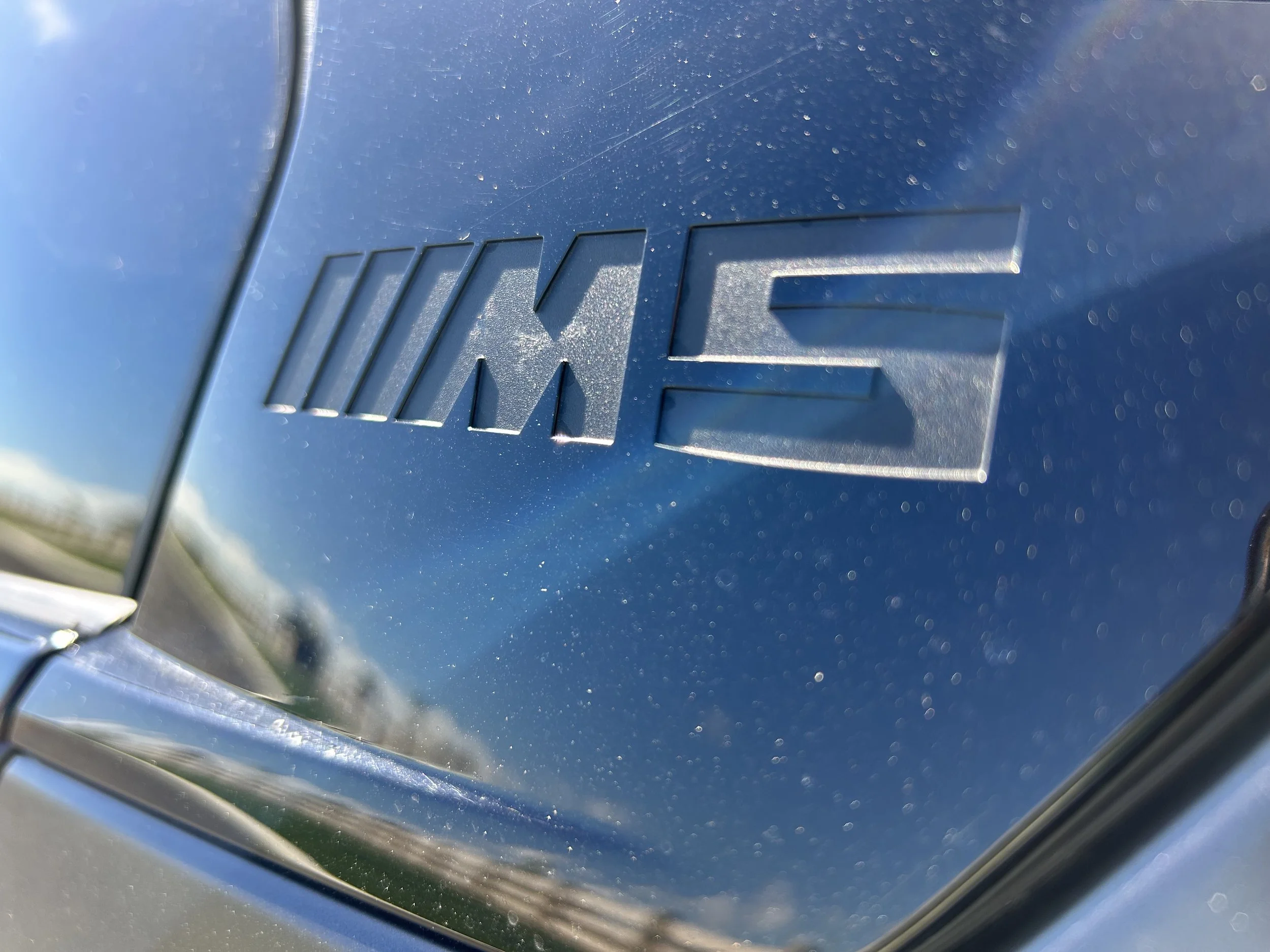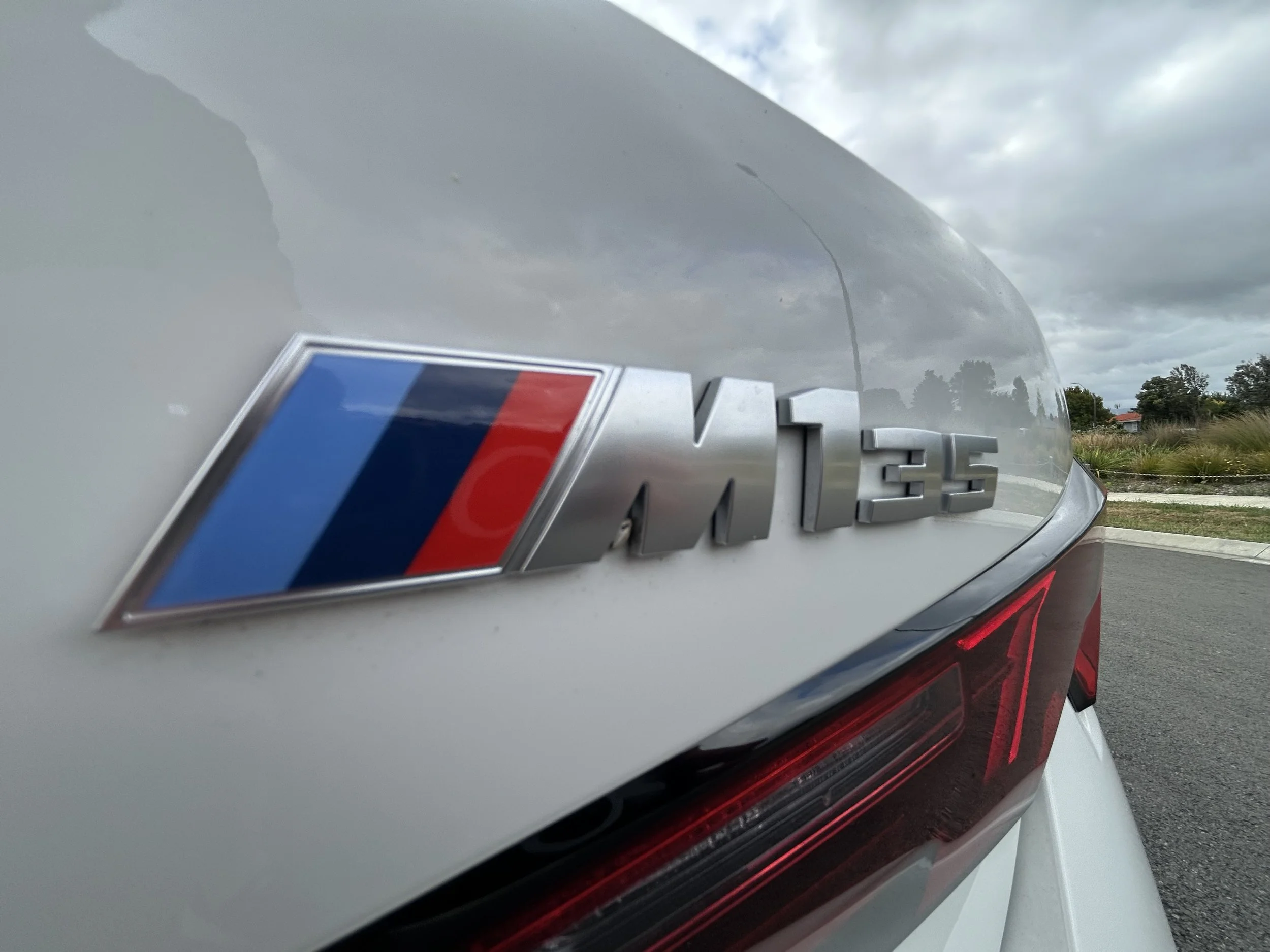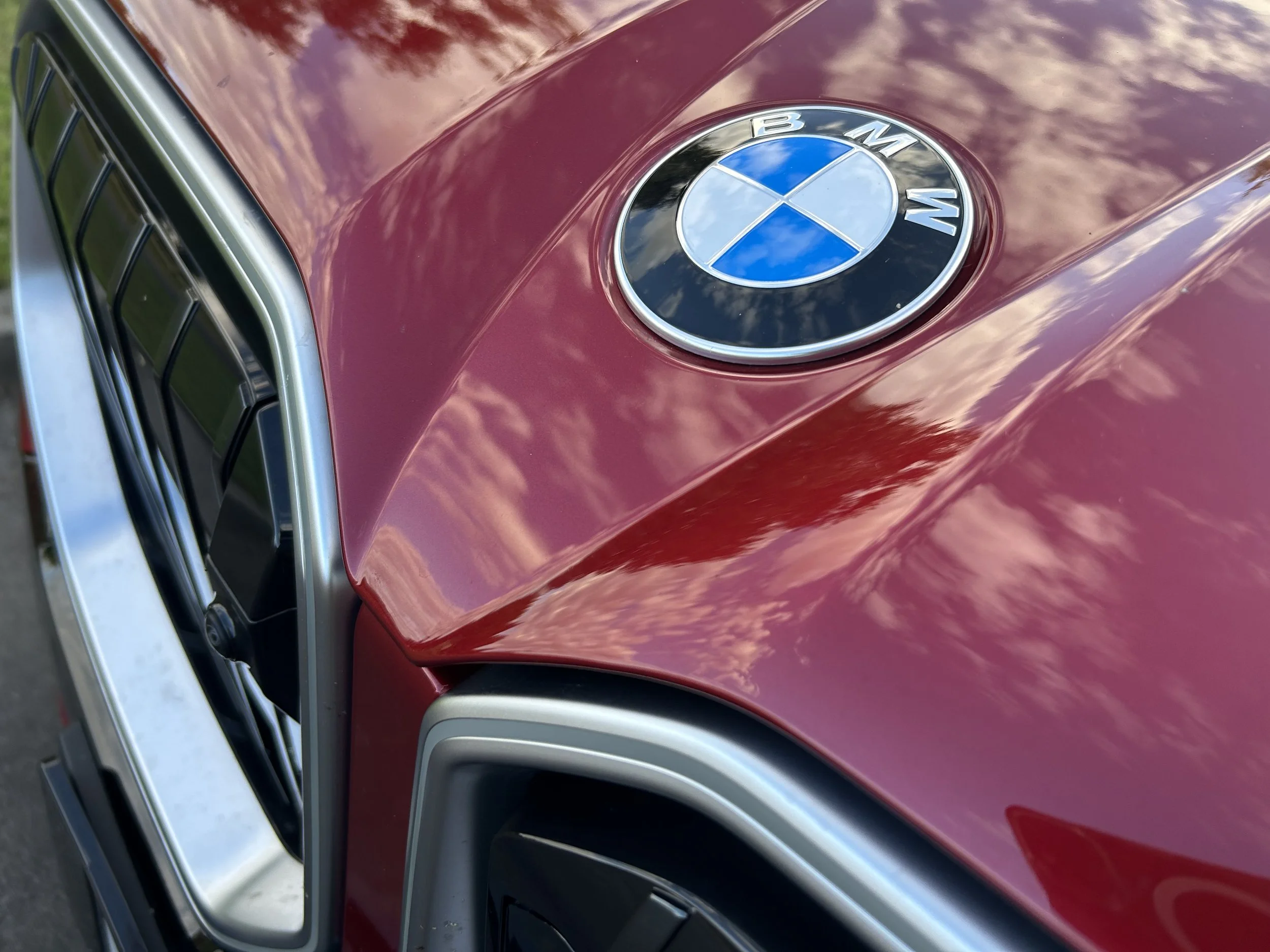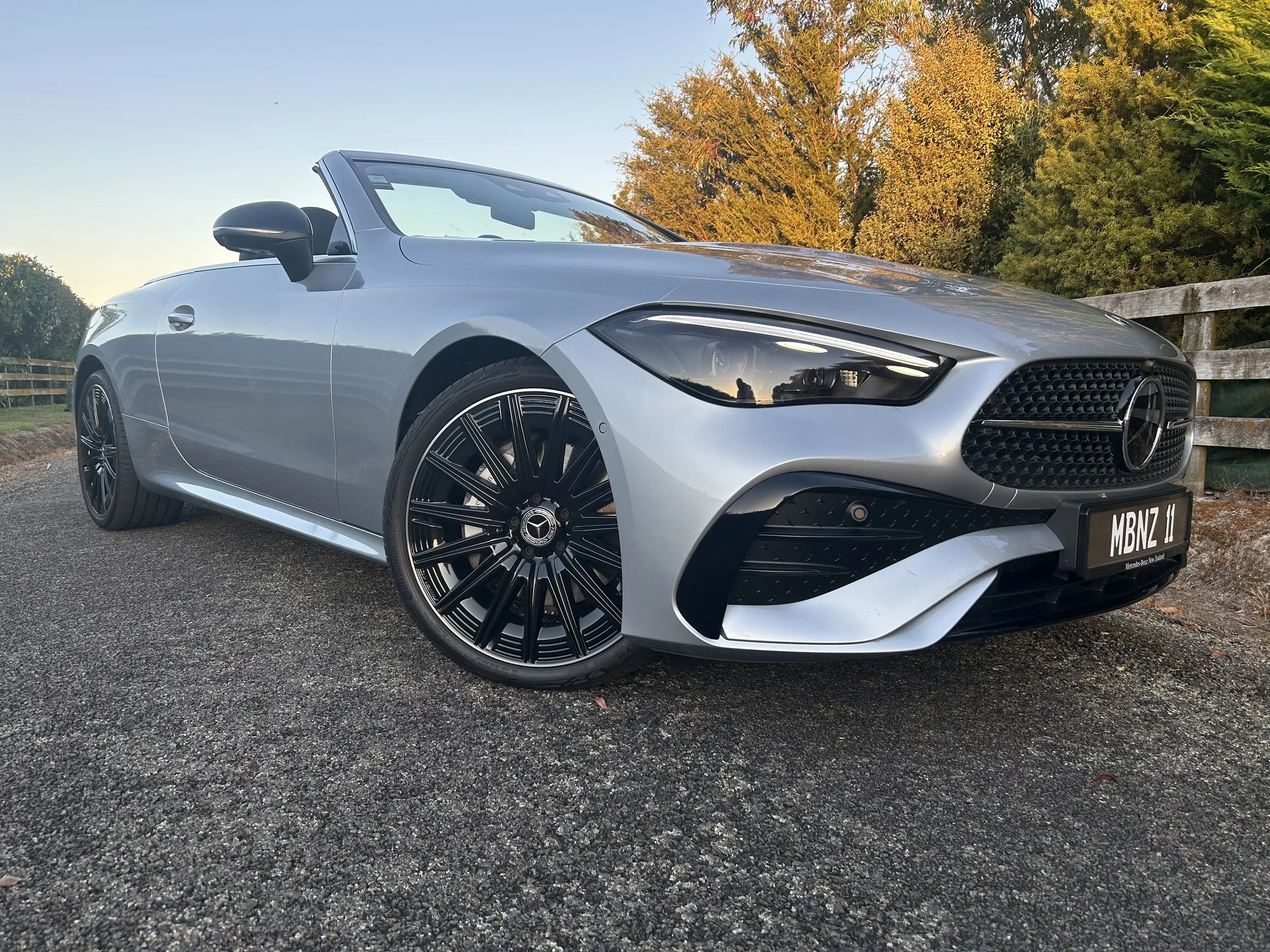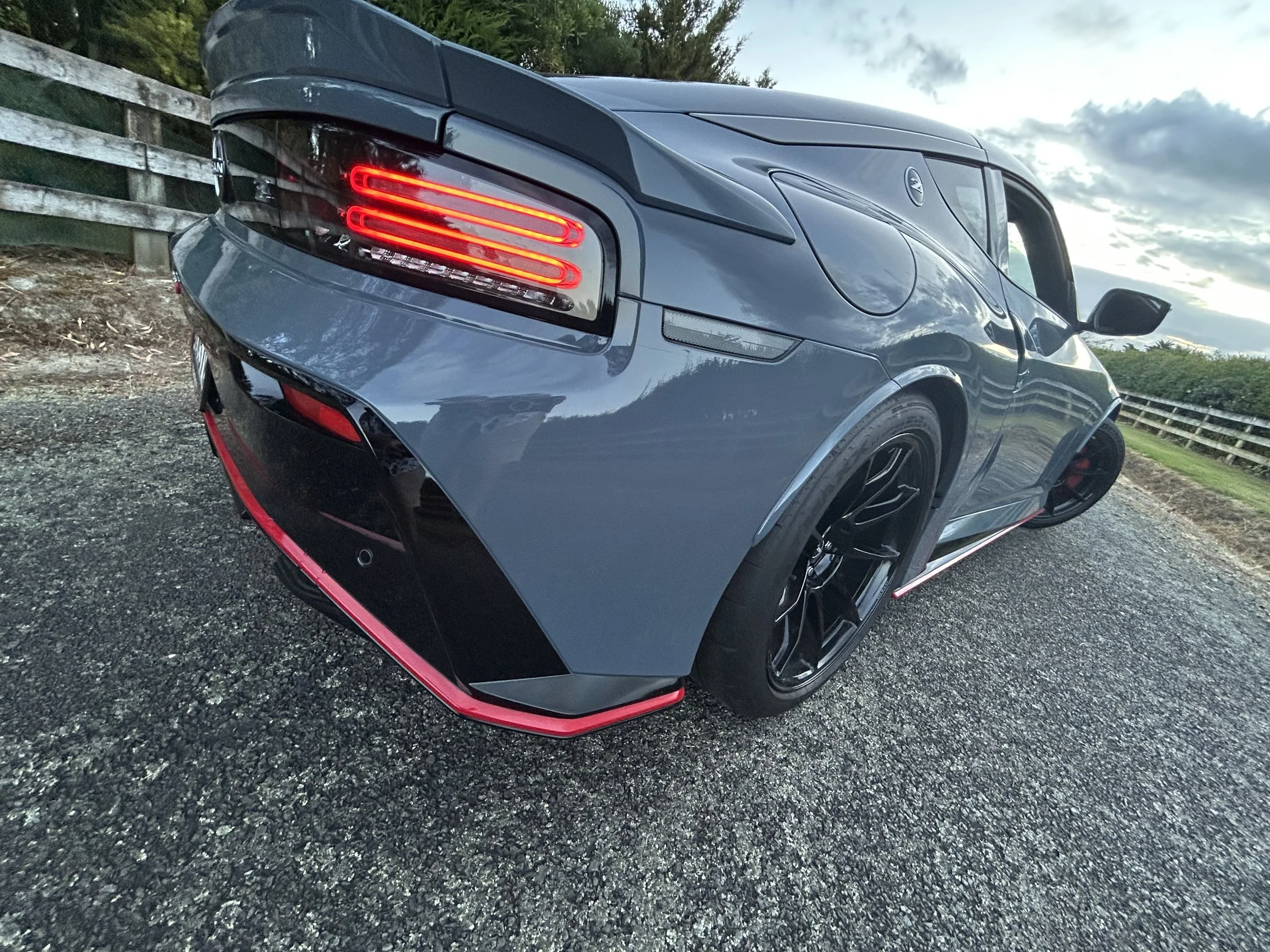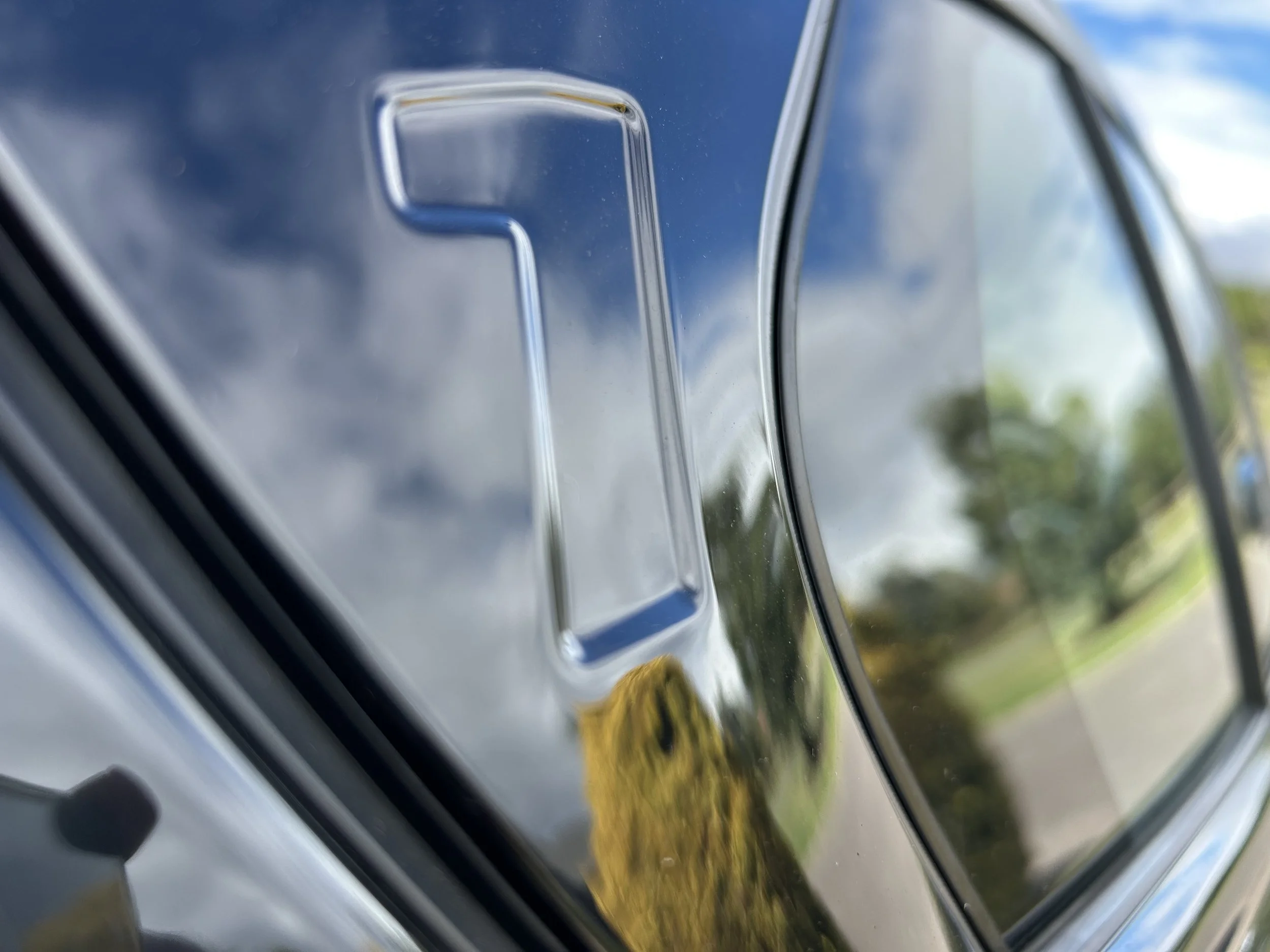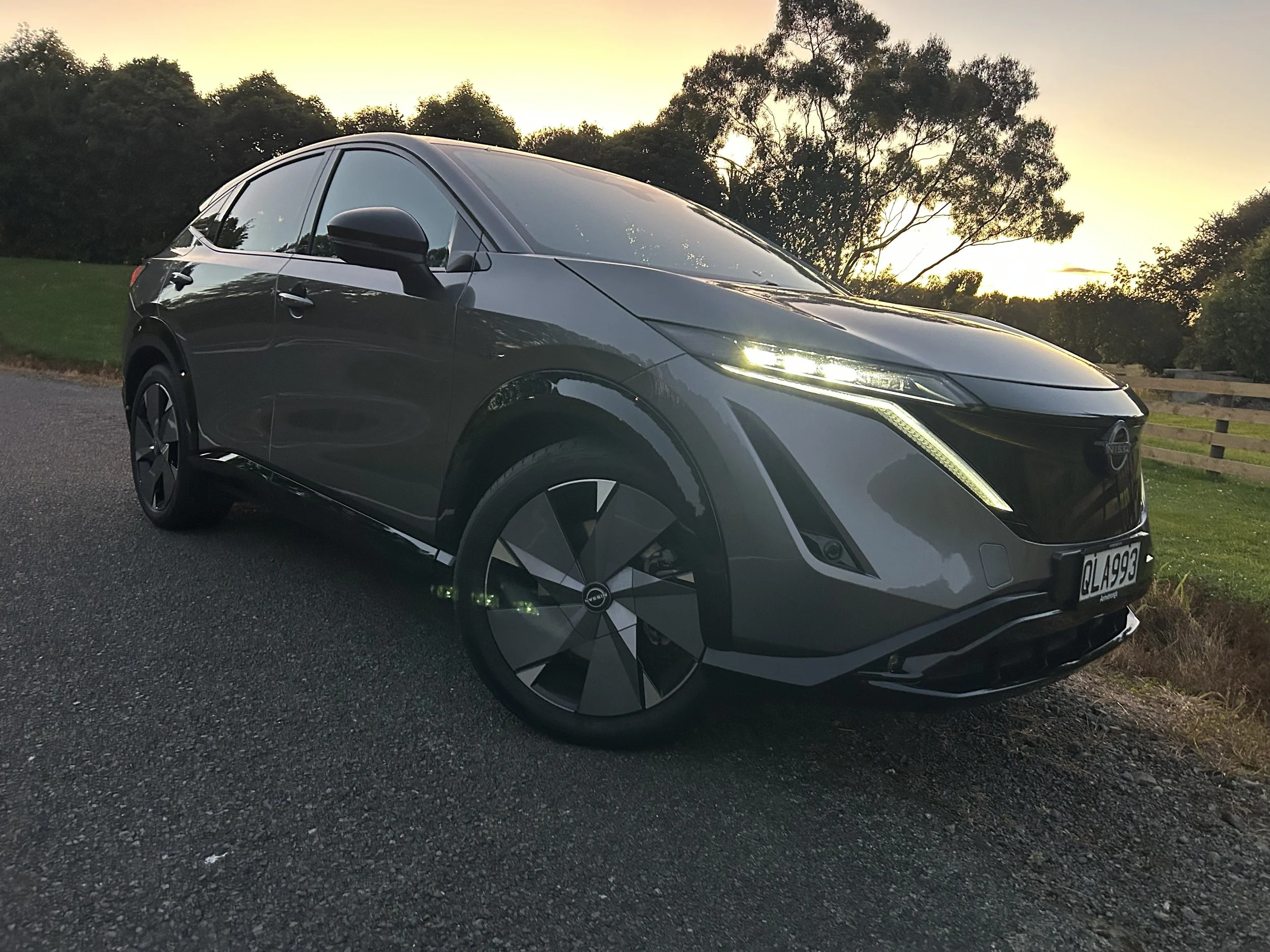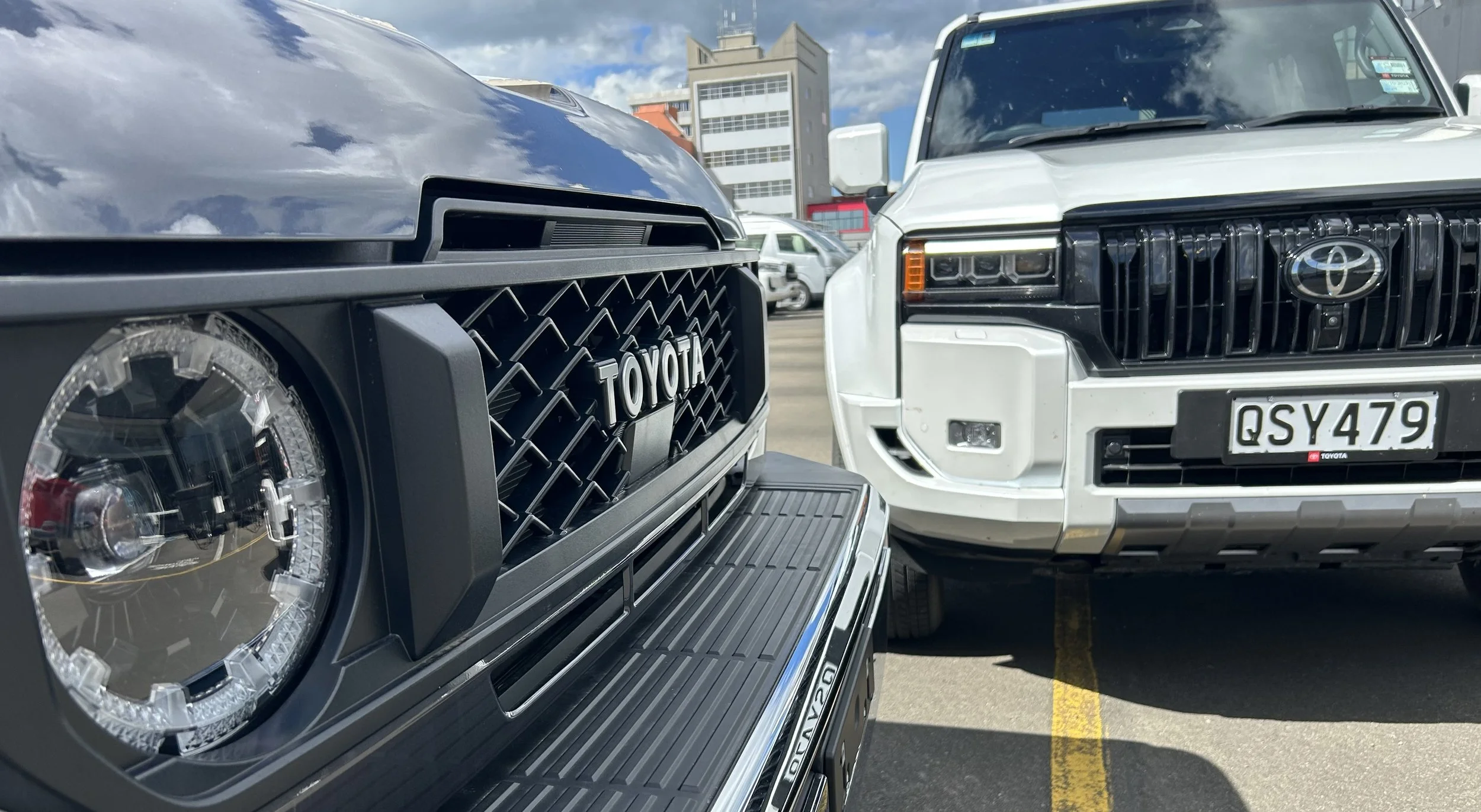C-HR goes full electric, extra zap for bZ4X
/Toyota’s battery charge is seriously enlivened.
FULL electrification of a Toyota hybrid popular with Kiwis has occurred and there are big changes to the make’s sole compact sports utility that has struggled to generate interest here.
The NZ-specific relevance of the C-HR going fully electric, in a format known as C-HR Plus, and bZ4X being heavily revised, mainly to improve its performance and range, has yet to be explained by Toyota New Zealand. Comment is being sought.
Toyota Japan has, for now, chosen to describe the products it unveiled overnight as being in European specification.
What’s important about the ‘C-HR Plus’ is that even though it looks very similar and shares its name with the well-established hybrid crossover, it is in fact an all-new car.
Toyota will deliver it in two battery sizes, 57.7kWh and 77kWh, and an official range of up to 600 kilometres on the WLTP cycle has been bandied about. Some versions will get 22kW AC charging capability and DC charging at up to 150kW is expected. A pre-conditioning system is included, as is a heat pump.
The smaller battery is exclusively paired with a 124kW electric motor driving the front wheels, while the 77kWh pack can be had with front- or all-wheel drive, the former's electric motor making up to 167kW, while the dual motor will have 255kW. The cited 0-100kmh time for the latter is 5.2 seconds.
Plus doesn’t just mean more spirited oomph. It also means plus-sized within C-HR context. At 4250mm, the electric car is 160mm longer than hybrid, with a longer wheelbase (2750mm versus 2640mm). That bodes for enhanced cabin space. Toyota says the boot is larger, too.
The C-HR Plus has a revised interior (above), with a wide centre console incorporating two wireless charging pads ahead of the circular drive selector and a 14-inch touchscreen. Digital instrumentation is mounted high up the dashboard.
Toyota model announcements also affect its other fully electric car.
Iin addition to a facelift, the bZ4X is to be produced in a new entry front-drive format, with a 57.7kWh unit (54kWh of which is usable). No range or efficiency figures have been released for this configuration as yet.
The existing 73.1kWh (71kWh usable) can be paired with a front-mounted motor as well, with 167kW power - a 15kW rise on the current NZ spec entry car, the Pure that is $72,990 at full RRP but has been discounted well below that to shift stock.
The dual-motor, all-wheel-drive option that in current NZ state makes 160kW/337Nm in $82,990 full RRP (but, again, subject to heavy discount) form, has been utterly revved up - in latest spec, it’s good for 255kW. That version can tow double the weight as well, now up to 1500kg.
Toyota says the WLTP range will be up to 573 kilometres, which is presumably for the front-wheel-drive variant using the larger battery.
The bZ4X Pure is the present eco leader in NZ, with 516km cited. The AWD Motion is determined to deliver 470km. All figures are to the WLTP scale.
Peak charging speeds for the freshened car are 150kW on DC or up to 11kW on AC. To further speed up charging, there's a new pre-conditioning function.
Styling changes are relatively subtle; the most obvious revision is to the lights, now more like those on the latest Prius. The new car is also said to be more aerodynamic, reducing drag and wind noise.
There's a substantial redesign for the interior (below), especially for the dashboard and centre console. The circular drive selector has been relocated to behind a new dual wireless charger while the 14-inch touchscreen now stands apart. The dashboard design has been slimmed back and the air vents are altered.












